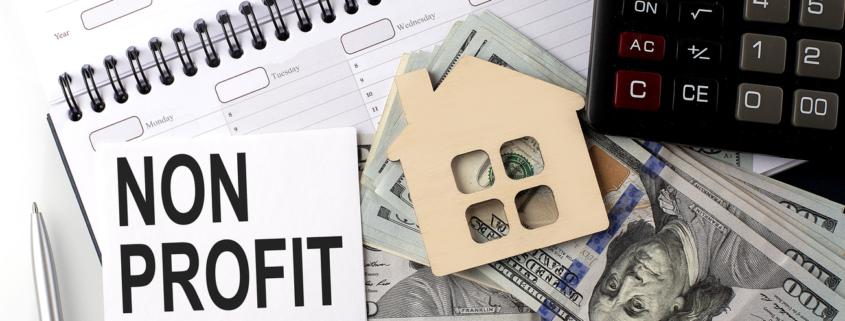Compensation Guidelines for Nonprofits
Nonprofit compensation guidelines are different from traditional businesses.
Why? A not-for-profit or nonprofit organization qualifies for “tax-exempt status by the [Internal Revenue Service (IRS)] because its mission and purpose are to further a social cause and provide a public benefit.”
Therefore, a nonprofit that has been recognized by the IRS as being tax-exempt by virtue of its charitable programs—also known as a registered 501(c)(3)—must reinvest any earned funds back into the organization.
So, how do nonprofits determine compensation? Compensation for nonprofit employees must be agreed upon by nonprofit leaders and staff, which can be tricky. This considered, nonprofit compensation policies are created to avoid conflicts of interest.
Let’s chat more about compensation guidelines for nonprofits and tax-exempt organizations below.
What is a Nonprofit Compensation Policy?
Nonprofit compensation policies summarize how compensation packages are determined for nonprofit staff members. More specifically, these policies summarize how salaries and benefits are decided for executives.
Guidelines on 501(c)(3) Compensation Packages
Below, we’ve listed compensation guidelines—set by the Internal Revenue Service (IRS)—for nonprofits and tax-exempt organizations. These policies require that nonprofit and tax-exempt salaries:
- Are reasonable, but not excessive: This requirement helps prevent “fraudulent behavior and preserves the integrity of nonprofits.” Some individuals try to take advantage of nonprofits’ tax exemption status, setting up false organizations to earn additional money.
- Include benefits and bonuses: Compensation must be reported in its entirety (incl. any benefits and/or bonuses provided). Everything must be properly accounted for.
- Are reported honestly each year: According to the IRS, “a tax-exempt organization must file an annual information return or notice with the IRS,” including a Form 990. “Form 990 is the IRS’ primary tool for gathering information about tax-exempt organizations.” Organizations use Form 990 to share information with the public about their programs, including the salaries of the nonprofit’s five highest-paid employees.
Note: It’s highly recommended that your board of directors actively set compensation packages for executives. These packages should be reviewed annually, and such conversations will help determine salaries for all other employees.
Penalties for Excessive Compensation
Compensation guidelines for nonprofits and tax-exempt organizations are in place to avoid excessive compensation and corruption.
Nonprofit organizations that are found paying their executives excessively are subject to heavy penalties from the IRS. These penalties may include:
- An official IRS inquiry or a nonprofit audit
- Investigation from the state, and
- Heavy fines
Follow the rules and ensure your nonprofit compensation policies are clear to avoid such penalties. Typically nonprofit policies include the following.
What Should You Include in Your Nonprofit Policy?
Although no two policies are the same, a nonprofit compensation policy will typically include the following information:
- A policy overview
- What parties are affected by the policy
- Compensation structure and elements
- What the compensation approval process looks like
- Market data (compensation comparison to other nonprofits)
- Schedule of compensation deliberations
Executive Retention Plan Designs for Nonprofits
Nonprofit organizations, including hospitals, universities, and foundations, are often competing with for-profit companies to attract, reward, and retain top talent.
Since nonprofits cannot offer equity, they often achieve their key person acquisition and retention goals by using supplemental executive retirement plans funded with life insurance.
At Acumen Insurance Solutions, we’ve developed several proprietary executive retirement and retention plan designs for nonprofits to maximize:
- Tax efficiency
- Liquidity
- Flexibility, and
- Ease of administration
With our plans, the sponsoring organization will not only recover the entire cost of the benefit provided to the executive but will earn a very real rate of return on committed dollars.
We also show organizations how to help pay for these plans by repositioning low-yielding assets into a policy that provides competitive current yields without sacrificing safety or liquidity.
Interested in learning more? Contact us today, then read on for more information on the permanent life insurance options available to you.






